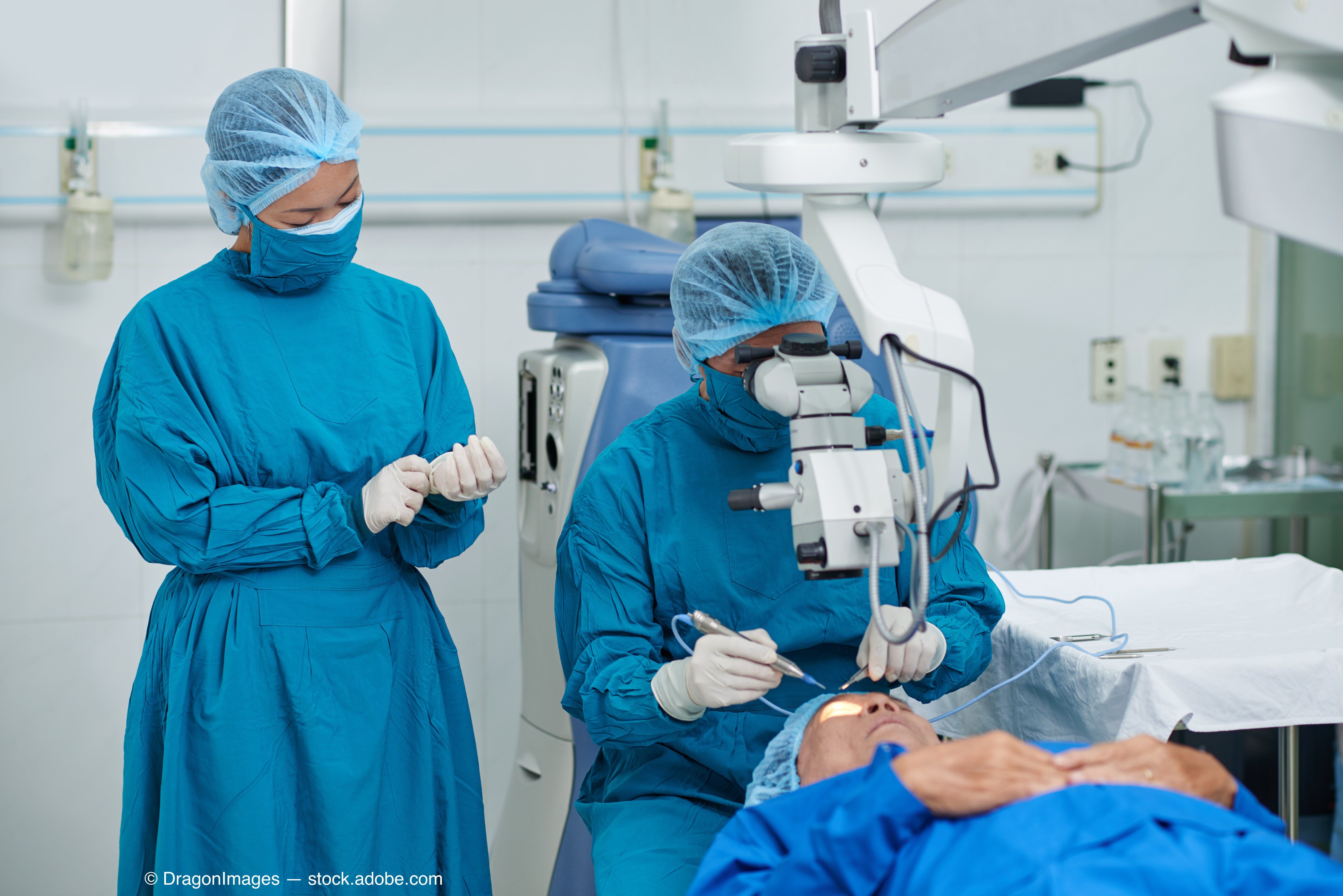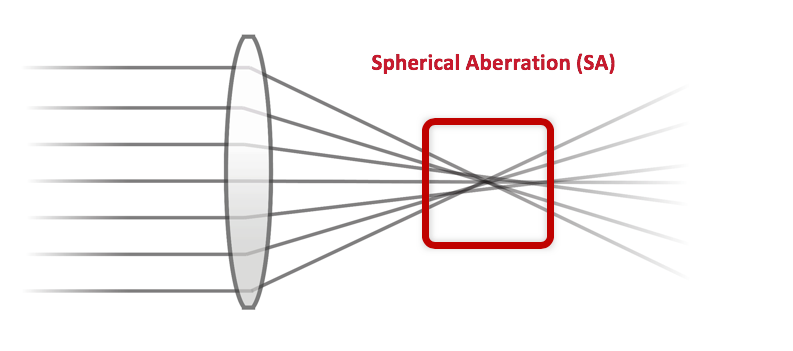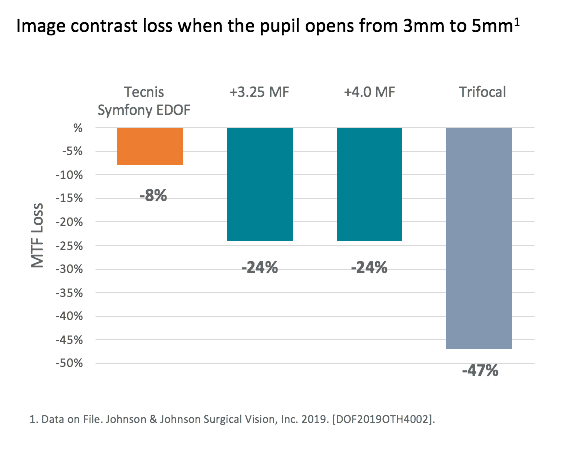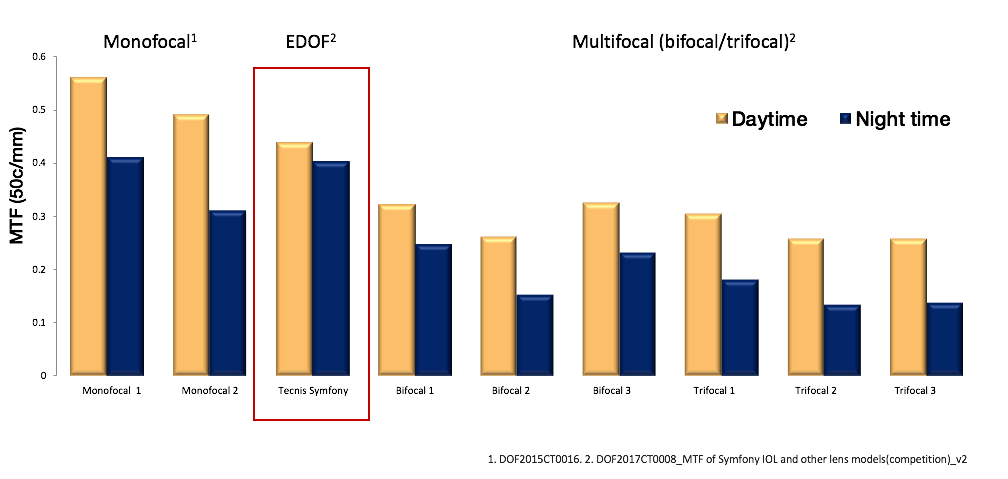Article
Personalizing cataract surgery
Author(s):

Ocular pathology, visual demands, and lens optics all play a role in choosing the best IOL for each patient.
Special to Ophthalmology Times®
A good refractive cataract surgery outcome starts long before an IOL is implanted. In our practice, we focus on educating patients about their options and understanding their priorities as a first step.
The education process includes videos, brochures, and questionnaires. It is important for the surgeon to feel comfortable talking about choices without overpromising or feeling like he or she is “selling” something.
A good exam to rule out poor candidates for refractive cataract surgery-those with corneal or retinal pathology or unresolved dry eye-is also essential. I look closely at placido-disc topography, optical coherence tomography (OCT), tear break-up time (TBUT), the lid margins and periocular skin, and patient reports of preoperative dryness, irritation, or fluctuating vision.
Related: 9 best practices in refractive-cataract surgery planning
I am careful to rule out any corneal dystrophies, retinal pathology, or other conditions that might affect vision. I want to make sure the patient’s ocular anatomy truly supports spectacle independence before an advanced-technology lens is recommended.
Ocular surface disease (OSD) doesn’t necessarily rule out a candidate for advanced-technology lenses, but it must be addressed. In mild cases, we may only prescribe artificial tears and move forward with scheduling surgery.
However, if there is significant OSD with central punctate staining or irregular topography, I would want to start the patient on a regimen to improve the ocular surface and then bring that patient back for additional testing before selecting the IOL. Otherwise, dry-eye induced abnormalities may lead us to choose an incorrect power, axis, or even lens type (toric when not needed or vice versa).
Related: The OSD opportunity: Hard facts and a protocol for cataract patients
Optical qualities

If a patient is a candidate for a presbyopia-correcting IOL and is interested in greater spectacle independence, then we’ll test ocular dominance.
My preference is almost always to put an extended-depth-of-focus (EDOF) lens (Tecnis Symfony, Johnson & Johnson Vision) in the distance-dominant eye because this lens meets all my requirements for the highest possible optical quality.
Here are the factors that have gone into that decision:
Correction of spherical aberration (SA) to nearly zero.
SA occurs when incoming light rays are focused on different points on the retina (Figure 1). It affects the resolution and clarity of images, making it hard to obtain sharp edge contrast, especially in dim light.
There are situations, such as a post-hyperopic-LASIK patient, where we want to leave the total SA unchanged or avoid inducing more negative SA. But in most eyes, a -0.27 µm negative SA lens that reduces total SA close to zero is desirable.
Related: Changing focus of accommodating IOLs now reaching a new level
Reduction in chromatic aberration (CA).
The aphakic eye has 1.69 D of CA, and all IOLs will add some additional CA. In an ideal world, we want to add as little as possible because CA affects image contrast at all distances.
The EDOF optics correct for some of the cornea’s natural CA, leaving postoperative CA of about 1.28 D. Even with the monofocal version of this one-piece lens platform, the medium index of refraction/low reflectance ensures that added CA is minimal compared with other lenses. That helps patients get crisp distance vision and see colors in a way that has a big “wow effect” after surgery.
Related: Astigmatic patients report better quality of life with EDOF lens
Close to full light transmission.

A challenge with multifocal lenses has been that light is apportioned to each of the zones or rings to provide vision at various distances, reducing the percentage of light transmitted to the retina at any given distance.
A zonal or ring design can also be affected by pupil size. In dim light, when the pupil expands from 3.0 mm to 5.0 mm, for example, there can be considerable image contrast loss with any multifocal (Figure 2).
An EDOF lens, by spreading out light over an elongated area of focus, transmits closer to 100% of the light and causes less image contrast loss than even the best multifocal designs.
I find this reassuring from an optics perspective, and my patients like that the functionality of an EDOF lens doesn’t change in lower-light situations.
Related: Light-adjustable IOL technology creates novel treatment window
High modular transfer function (MTF).
MTF curves are one way of quantifying quality of vision, taking into account all the material and design features that affect vision. The Tecnis Symfony offers MTF approaching that of a monofocal and better than any bifocal or trifocal lens available (Figure 3).
In my experience, this translates to excellent vision, both day and night. Maintaining this high MTF over time also demands the lens material be free of glistenings and that the surgeon address any anterior or posterior capsular opacification, which can affect capsular clarity.
Related: Match multifocal IOL to patient needs, preferences for best results
The second eye
An important part of my approach to personalized vision is that I decide which lens to implant in the second eye only after seeing the patient’s reaction to the first eye.

Patients also seem to find it compelling to know that they will have the ability to tweak their final visual outcome, rather than me deciding everything up front and them being “locked into” that decision.
Before the second-eye surgery, I talk to the patient about their level of satisfaction. If the individual has fully neuroadapted to the EDOF lens and finds that he or she can hold printed material or a device at a comfortable distance and read it easily, then we will generally put an EDOF lens in the second eye.
Related: Striving for perfection: Creating the perfect IOL
If a patient wants a little stronger near vision-and many patients do-I can augment that near range, without losing bilateral quality of vision, with a mid-add multifocal.
Some recent studies have suggested that up to 94% of patients achieve 20/25 bilateral uncorrected acuity at near with this combination of lenses.1,2
I had a patient recently who was an excellent example of this. He is a prominent musician and wanted to be able to see a musical score on his desk, read from his music stand while standing up, and see the other musicians at a distance while performing, so a smooth range of vision without areas of “dropout” or defocus was essential.
He was well-informed and came with great questions. After the first eye, he wanted a little boost in near, so we followed the personalized vision plan outlined above.
On the first postoperative day after the second eye surgery, he was 20/15 at distance, J3 at near in his EDOF eye, 20/20 and J1 in his multifocal eye, and was absolutely thrilled with the outcome.
Despite the availability of more multifocal IOLs than ever before, I remain committed to the excellent quality of the optics I can obtain with the Tecnis Symfony EDOF lens, and am happy to balance the near with a multifocal in the fellow eye if needed.
Read more about IOLs
Disclosures:
Dr. Silvera specializes in cornea, cataract and refractive surgery at the Talley Eye Institute in Evansville, Ind. He has received speaking fees from Johnson & Johnson Vision. Contact him at dasilvera@gmail.com
References:
1. Kontos MA. Analysis of Patient Satisfaction, Visual, and Functional Outcomes After Bilateral vs. Paired Extended Range of Vision / +3.25 D Multifocal IOL Implantation. Presented at ASCRS, May 5, 2019.
2. Solomon KD. Outcomes Post-Implantation of an Extended-Depth-of-Focus Intraocular Lens When Combined with a Multifocal +3.25 D Add Intraocular Lens. Presented at ASCRS, May 5, 2019.
Newsletter
Don’t miss out—get Ophthalmology Times updates on the latest clinical advancements and expert interviews, straight to your inbox.





